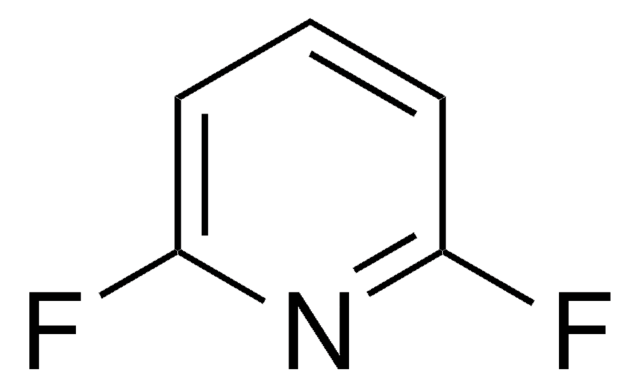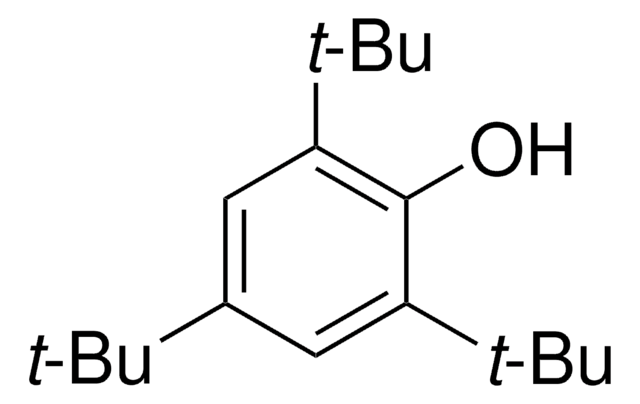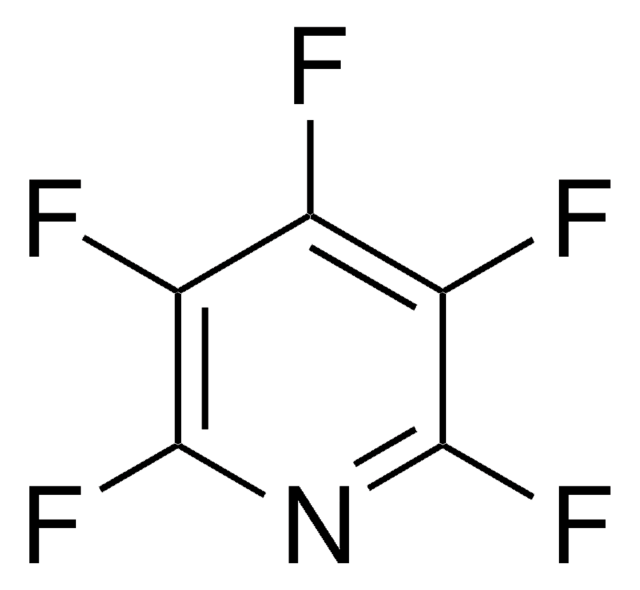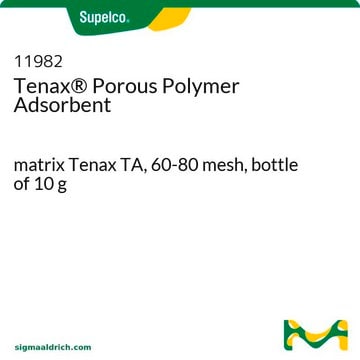233595
2,6-Diphenylphenol
98%
About This Item
Produits recommandés
Pureté
98%
Forme
solid
Pf
101-103 °C (lit.)
Chaîne SMILES
Oc1c(cccc1-c2ccccc2)-c3ccccc3
InChI
1S/C18H14O/c19-18-16(14-8-3-1-4-9-14)12-7-13-17(18)15-10-5-2-6-11-15/h1-13,19H
Clé InChI
ATGFTMUSEPZNJD-UHFFFAOYSA-N
Vous recherchez des produits similaires ? Visite Guide de comparaison des produits
Description générale
Application
- as ligand during the synthesis of reduced coordination (less than 6), unchelated manganese oxygen cluster systems
- in the preparation of derivatives of pyrazine-2,3-dicarbonitrile, precursor required for the synthesis of octaazaphthalocyanine (AzaPc) derivatives
Mention d'avertissement
Warning
Mentions de danger
Conseils de prudence
Classification des risques
Aquatic Acute 1 - Aquatic Chronic 1
Code de la classe de stockage
11 - Combustible Solids
Classe de danger pour l'eau (WGK)
WGK 3
Point d'éclair (°F)
Not applicable
Point d'éclair (°C)
Not applicable
Équipement de protection individuelle
dust mask type N95 (US), Eyeshields, Gloves
Certificats d'analyse (COA)
Recherchez un Certificats d'analyse (COA) en saisissant le numéro de lot du produit. Les numéros de lot figurent sur l'étiquette du produit après les mots "Lot" ou "Batch".
Déjà en possession de ce produit ?
Retrouvez la documentation relative aux produits que vous avez récemment achetés dans la Bibliothèque de documents.
Les clients ont également consulté
Notre équipe de scientifiques dispose d'une expérience dans tous les secteurs de la recherche, notamment en sciences de la vie, science des matériaux, synthèse chimique, chromatographie, analyse et dans de nombreux autres domaines..
Contacter notre Service technique










